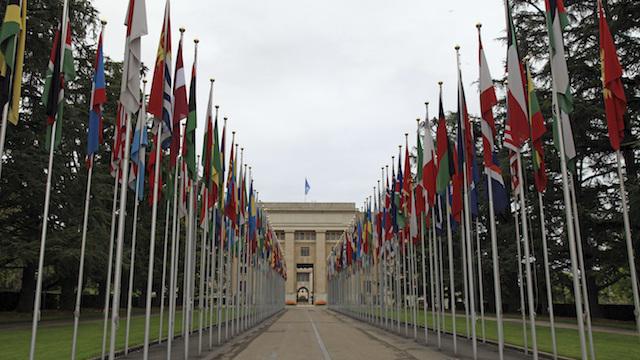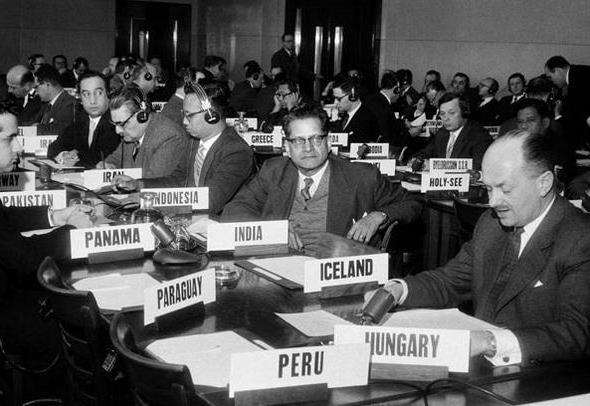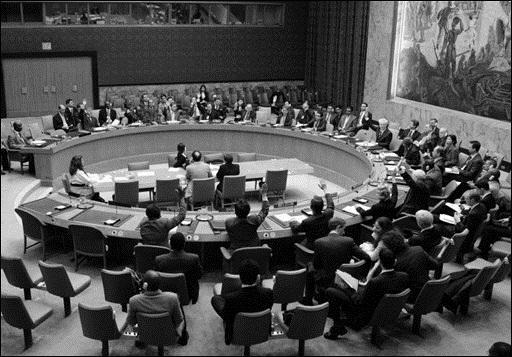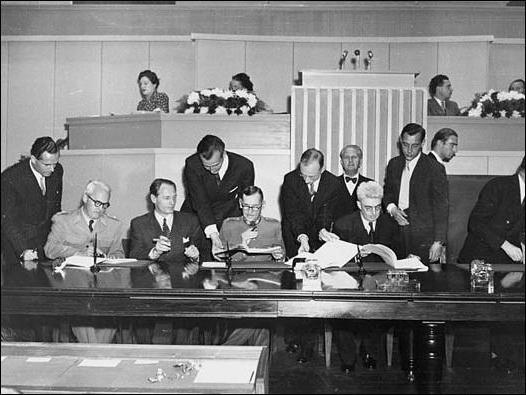Having survived the horror of the Second World War, the world community clearly felt the need to adopt a fundamental international treaty that regulates in the event of armed clashes the protection of not only wounded and sick military personnel, but also of the civilian population. Such a document was the international Geneva Conventions.

Humane Initiative
Such legal norms have already been enshrined in the conventions previously signed in The Hague and Geneva, however, the experience of the past war and especially the death of a significant number of civilians in front-line territories have shown the need to develop another legal act. To this end, the Government of Switzerland invited representatives of seventy states in 1948 to become participants in the International Forum, whose mission was to transform pre-existing laws based on the experience of the past war.
Of the invited governments, fifty-nine countries expressed support for this initiative, the remaining states, sending their representatives to Geneva, limited themselves to observer status. Major social movements, including the United Nations and the Red Cross, did not stand aside.
Elements of an agreement
As a result of the meetings, which began on April 21 and continued until August 12, four treaties (conventions) were developed and signed, which were agreements regulating the rules for the protection of victims of hostilities. The First Geneva Convention examined the treatment of the wounded and sick in warring armies.

An agreement followed, introducing into the legal framework actions with sick and injured soldiers who were victims of shipwrecks. A separate Geneva Convention defined the rights of prisoners of war. And, finally, the final one fully regulated the rights of the invaders with respect to civilians in the territories they occupied.
The most important principle laid down in the convention
Each Geneva Convention of 1949 was based on the fundamental principle of modern international law, allowing the conduct of hostilities only against the enemy army. They categorically prohibited any violence against sick and wounded military personnel, as well as civilians.
To better comply with them, the agreements signed in Geneva require the belligerents to make the most clear distinction between military personnel fighting on their side and those making up the civilian population, whose rights are protected by the relevant Geneva Convention and against which any violent actions are prohibited.
One of the most important points of the agreements was the prohibition of attacks on non-military facilities, the use of weapons and military operations that could cause unjustified losses and human suffering. The same Geneva Convention forbade large-scale destruction of property and civilian objects, not caused by extreme necessity.

Convention requirement for wounded and prisoners
Particular attention was paid to the safety of those who were in enemy captivity. The 1949 Geneva Convention, which regulates the treatment of prisoners of war as well as internees from among residents who did not participate in hostilities, requires the preservation of their lives, health, respect for human dignity, personal rights, religious and political beliefs.Also, its clauses prescribe the mandatory provision to these categories of persons of the right to correspondence with relatives and to obtain judicial guarantees.
With respect to wounded servicemen, the 1949 Geneva Convention does not distinguish between their membership in one or another party involved in an armed conflict. In accordance with its provisions, everyone is equally entitled to the provision of medical care.
This implies the requirement to ensure the security of front and rear medical personnel, as well as all medical facilities, equipment and vehicles. For this purpose, appropriate emblems should be used, the size of which allows them to be seen at a considerable distance.

General provisions signed in Geneva
Each Geneva Convention of 1949 has legal force, even if one of the warring parties officially refuses to recognize itself as a belligerent. In addition, the countries that have signed this international agreement take on the responsibility of identifying, searching for and prosecuting those responsible for violating it. The protection of the Geneva Conventions applies equally to all persons irrespective of their political affiliation or religious beliefs.
Protocols Complementing the Conventions
The second half of the 20th century brought with it a large number of local wars, which demonstrated the need to expand the legal framework covering all aspects of the problems associated with them. In this regard, the Geneva Conventions were supplemented by a number of new legal acts. Thanks to them, the international legal framework extended to participants in internal conflicts. The legal status of the civilian population was determined and its protection improved.

Since the day since the signing of the Geneva Conventions, the number of states that have acceded to this major international agreement has increased from fifty-nine to one hundred and ninety-four. Subsequent Additional Protocols have also received international approval and have been ratified by the governments of most developed countries.
